Hardwood vs Softwood: Pros, Cons, Differences, & FAQ
-

- Last updated:
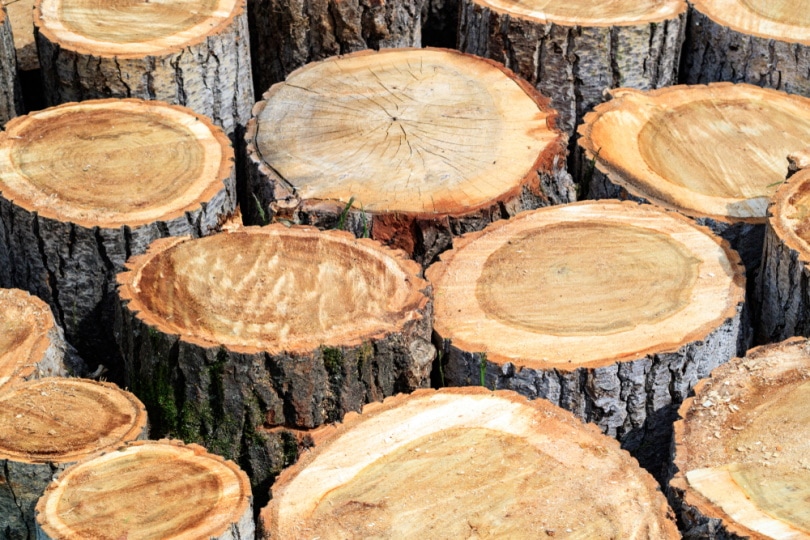
Depending on your project, you’ll likely need to use different types of timber to achieve the best results. People worldwide use hardwood and softwood varieties for numerous purposes such as construction, furniture making, DIY, etc. Many people wonder what the difference between hardwood and softwood is, other than the obvious fact that hardwood is harder timber while softwood is softer timber.
The differences between the two lumber types are more complex, though, which is why we want to explain them in this article.
If you’re planning your next project and need to determine which wood type would suit your needs the best, keep reading and learn how to differentiate them.
Overview of Hardwood
Hardwood is a versatile material with various applications, and people love it because of its beauty. It comes from different slow-growing wood species and is available in multiple colors and specifications. Because of hardwoods’ density, it’s considered a supreme, highly durable, and strong material. Hardwood species are more resilient than softwoods, and their structure is more complex, which is why they have excellent performance.
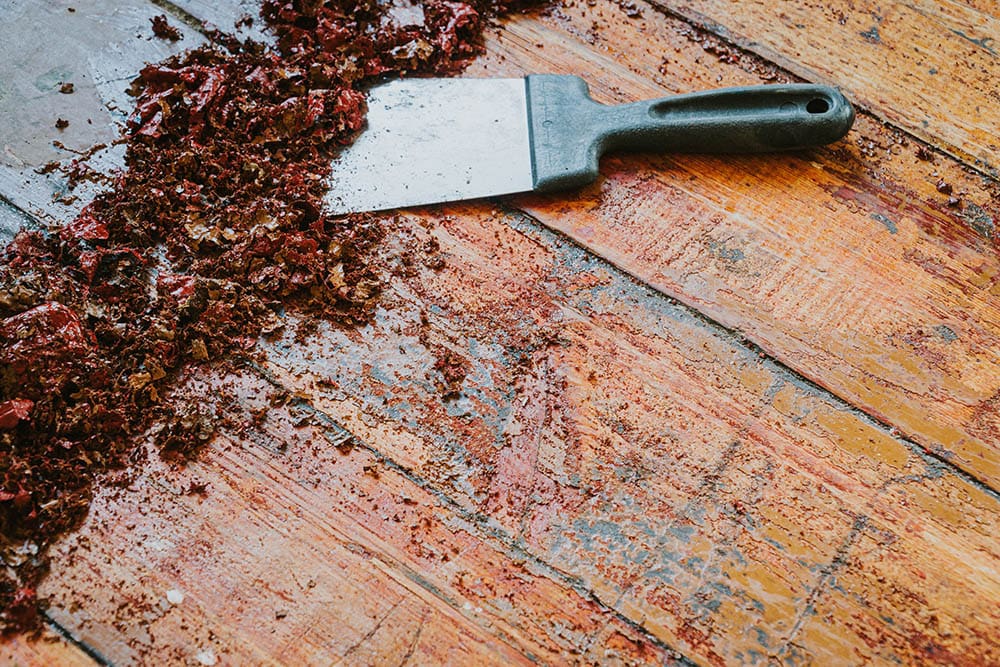
What it’s suitable for?
Hardwood is strong, durable, and has a wide range of applications. Although the actual usage depends on the specific hardwood variety, most hardwoods are excellent for construction, flooring, fencing, decking, cladding, and furniture-making. You can use hardwoods for any project that requires strong and durable wood that is long-lasting and fire-resistant.
Some people use hardwoods to make musical instruments and other turned objects that can suffer a lot of wear due to frequent usage.
When to choose?
You can choose hardwood species when you want a product of extreme quality and durability. Although hardwood is expensive, it’s well worth the price as it has outstanding longevity and density and looks beautiful. Depending on the look you want, especially in applications such as flooring, furniture, or decking, you’ll be able to select hardwoods of different colors and grains that will enhance your home’s overall appearance. Also, hardwood is an excellent option for construction as it will last much longer than softwood.
- Durable
- Dense
- Wide range of applications
- Easy to maintain
- Aesthetically appealing
- Fire-resistant
- Decay-resistant
- Sustainable
- Expensive
- Can be hard to work with
- Hardwood trees have a slow growth rate
 Overview of Softwood
Overview of Softwood
Softwood is a material that comes from fast-growing evergreen trees, and similar to hardwood, it has a wide range of uses. However, since softwood trees grow much faster than hardwood trees, the final lumber is typically less dense and therefore less durable. Still, softwood varieties are pretty strong and have a stunning aesthetical appeal. They are easier to work with than hardwoods and are more affordable, which is why many people choose softwoods for their projects. Softwoods are typically lightweight and flexible, and you can manipulate them better.
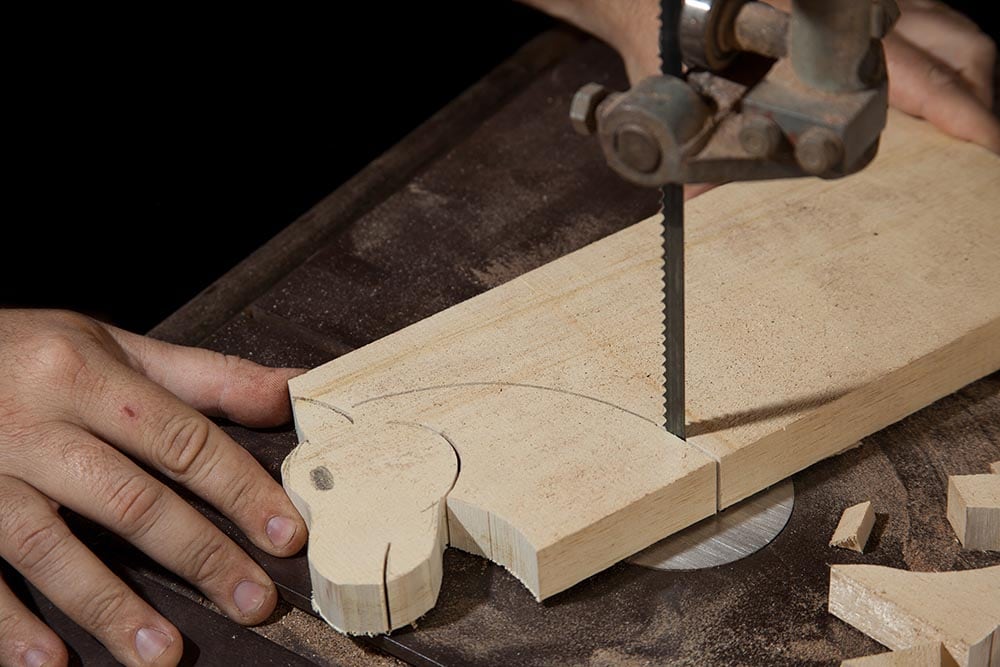
What it’s suitable for?
Softwood is an excellent option for structural applications, decking, landscaping, furniture, external joinery, wood carvings, and sometimes flooring. Most people will use softwoods for wall and ceiling decorations, interior molding, or making windows and doors. Although it’s not uncommon to see softwood floors, we don’t recommend them for high-traffic areas as they can quickly wear out. Also, even though you can use softwoods for decking, hardwood might be a better option as softwood is more prone to decay.
When to choose?
You can choose softwood species when you want affordable lumber that’s easy to work with. It’s especially recommended for people who want to increase the sustainability in their homes. As it’s easier to work on softwood, it also finishes better and is excellent for making furniture and carvings.
- Easy to work with
- More available than hardwood
- Affordable
- Sustainable
- Prone to damage
- Poor fire resistance
- Not too durable
- Not suitable for high-traffic areas
- Lower longevity
Hardwood VS Softwood — Main Differences
We want to point out the most significant differences between hardwood and softwood, but first, we want to give you some examples of the most popular hardwood and softwood species, so check them out below.
- Flooring
- Decking
- Construction
- Fencing
- Cladding
- Furniture
- Musical instruments
- Veneer
- Flooring
- Decking
- Interior moldings
- Construction framing
- Windows/doors
How to Identify Different Types of Wood
There are a few different ways to identify different types of wood. First, observe the color and grain of the lumber you’re looking at. The lumber shades and the grains’ texture could indicate which species you are dealing with, as hardwoods typically have rough grains while softwoods are light-grained.
Another helpful tip is grabbing the lumber to try to feel its weight and density. That will also allow you to differentiate if the wood you’re looking at is softwood or hardwood. If possible, you can perform tests to verify the actual wood species and if the wood is natural. However, if that’s not possible, you can turn to wood identification apps that should provide you with an answer about the species.
Hardwood Types
We will begin with hardwood species that people worldwide use for various applications.
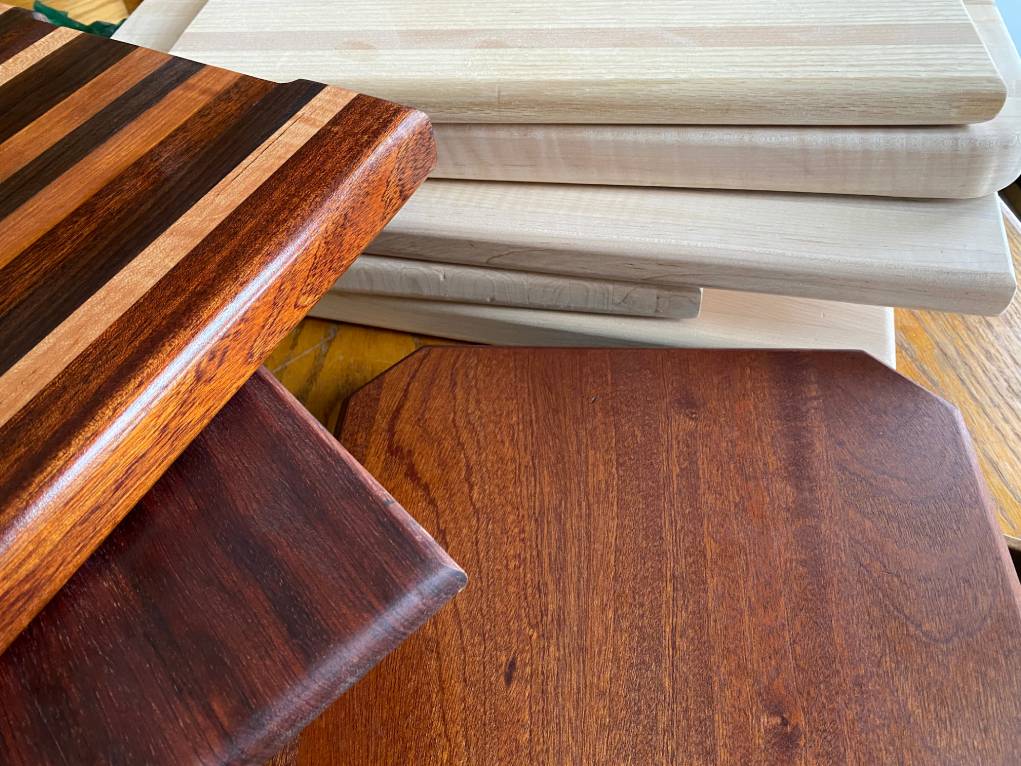
Maple
Maple is a hardwood species with impressive durability, and it has a Janka Hardness Scale Rating of 1450. There are different Maple species, but the most common species people in the USA use is the Black Maple. It’s the strongest variety of Maple trees, and other than being strong and dense, it has a stunning creamy white color with occasional reddish hues.
Walnut
Walnut is another durable hardwood that has a Janka Hardness Scale Rating of 1010. It’s less dense than Maple, but it’s still pretty strong. Although Walnut is a hardwood, it’s not too complicated to work with, and people love it because of the stunning colors of this lumber, ranging from light beige to deep chocolate browns.
This timber represents a great combination of aesthetic appeal and durability, which is why many people choose it for various home projects.

Oak
There are multiple species of Oak, although the most popular Oak varieties in the US are Red Oak, White Oak, and Black Oak. When it comes to the Janka Hardness Scale Rating, Red Oak scores 1290, White Oak scores 1360, and Black Oak scores 1280.
As you can see, all species are dense and durable, but they are not challenging to work with many woodworkers, and DIYers choose this wood type for their projects and designs. Depending on the variety, Oak is typically light brown and has reddish dues, although some species can be darker in color.
Softwood Types
Softwoods also have a wide range of uses, and below are some of the most commonly used softwood species.
Cedar
When it comes to softwood species, we have to mention Cedar, a beautiful softwood variety that you can use indoors and outdoors. It has a Janka Hardness Scale Rating of 350, and although it’s not as dense as some hardwoods, Cedar is still a decent lumber species with multiple applications. You can easily manipulate it both by hand and machine tools, and you won’t have to spend a fortune on it. However, Cedar does require a lot of maintenance and can wear out quickly.
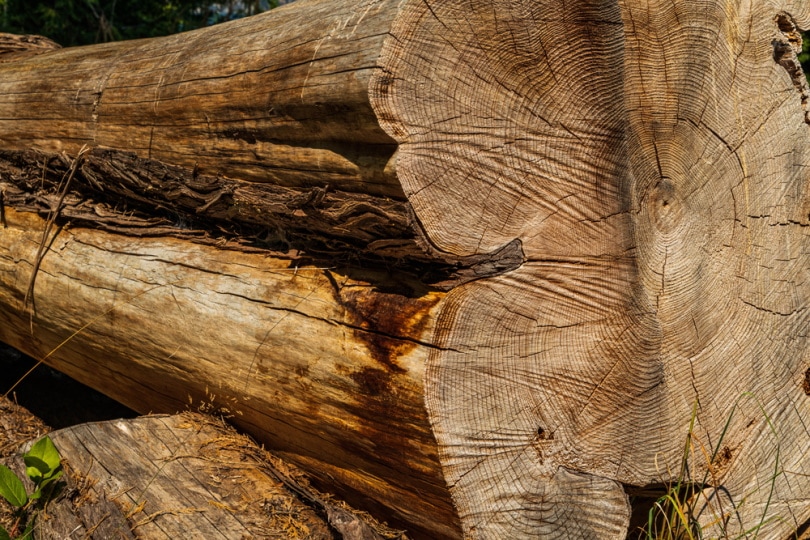
Pine
Typically, people in the USA use Eastern West Pine, although other varieties are available on the market. This particular Pine species has a Janka Hardness Scale Rating of 380, which is actually the lowest among all Pine species. However, Pine still has decent durability and is affordable, so you can use it for furniture, moldings, and flooring. Although it’s easy to work with, the final product will need a lot of care and maintenance to keep its original appearance.
Spruce
Spruce is a light, beautiful softwood with a Janka Hardness Scale Rating of 400. It has a creamy-beige color with reddish dues that darkens with time, which is why people love spruce furniture. Also, Spruce is easy to work with as long as the lumber has no knots, although such pieces will be more expensive than the knotted Spruce timber.
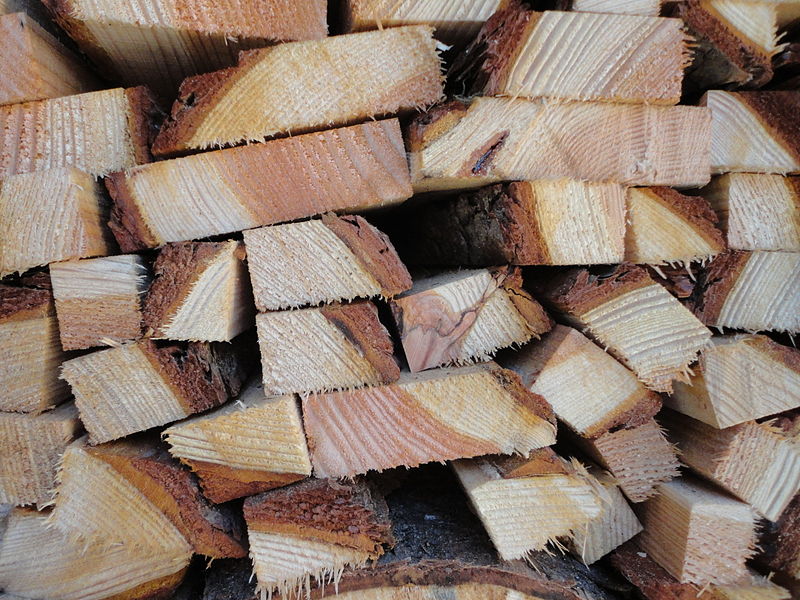
Durability
When it comes to durability, there’s no doubt that hardwood species are more durable than softwoods. As they take longer to grow, these trees are denser and stronger. Softwoods have lighter density, so they don’t have the fire resistance that hardwood species possess.
Workability
Although hardwoods and softwoods can be easy to work with—depending on the actual wood species—softwoods are typically much more manageable than hardwoods. That’s because softwood varieties are lighter and have almost no grains.
On the other hand, working with hardwoods can be challenging due to the strong grains and uneven texture. Even machine work can sometimes be difficult when working on some hardwoods. Another downside is that hardwoods don’t finish or stain as easily as softwoods, so you’ll need special tools for high-density varieties.

Price
Hardwoods grow slower, and they’re less available than softwoods, making them more expensive. The price is also higher because hardwood is stronger and more durable, so you’re paying for the high quality of hardwood lumber. When you count in all the positive benefits such as longevity, fire, decay and rot-resistance, and other qualities hardwoods have, you’ll realize that the price is reasonable compared to everything you’re getting.
Conclusion
Both hardwoods and softwoods are versatile and have a range of applications, so it all comes down to your wishes and needs. Before selecting a particular wood type in these categories, familiarize yourself with the properties of that particular species and verify if it covers all the requirements you have to make your project successful.
- “Hardwood Vs Softwood and the Pros and Cons of each”
- “Hardwood vs. Softwood: What Are The Differences?”
- “Hardwood vs Softwood: What’s the Difference?”
- “Hardwood vs Softwood: Pros, cons & best uses”
- “Hardwood vs. Softwood Differences and Uses”
- “What is the difference between a hardwood and a softwood?”
- “Difference Between Softwood and Hardwood”
- “Hardwood vs. Softwood: How to Choose the Right Lumber for Your Project”
- “Hardwood vs. Softwood”
Featured Image Credit: Andrei Metelev, Shutterstock
Contents


